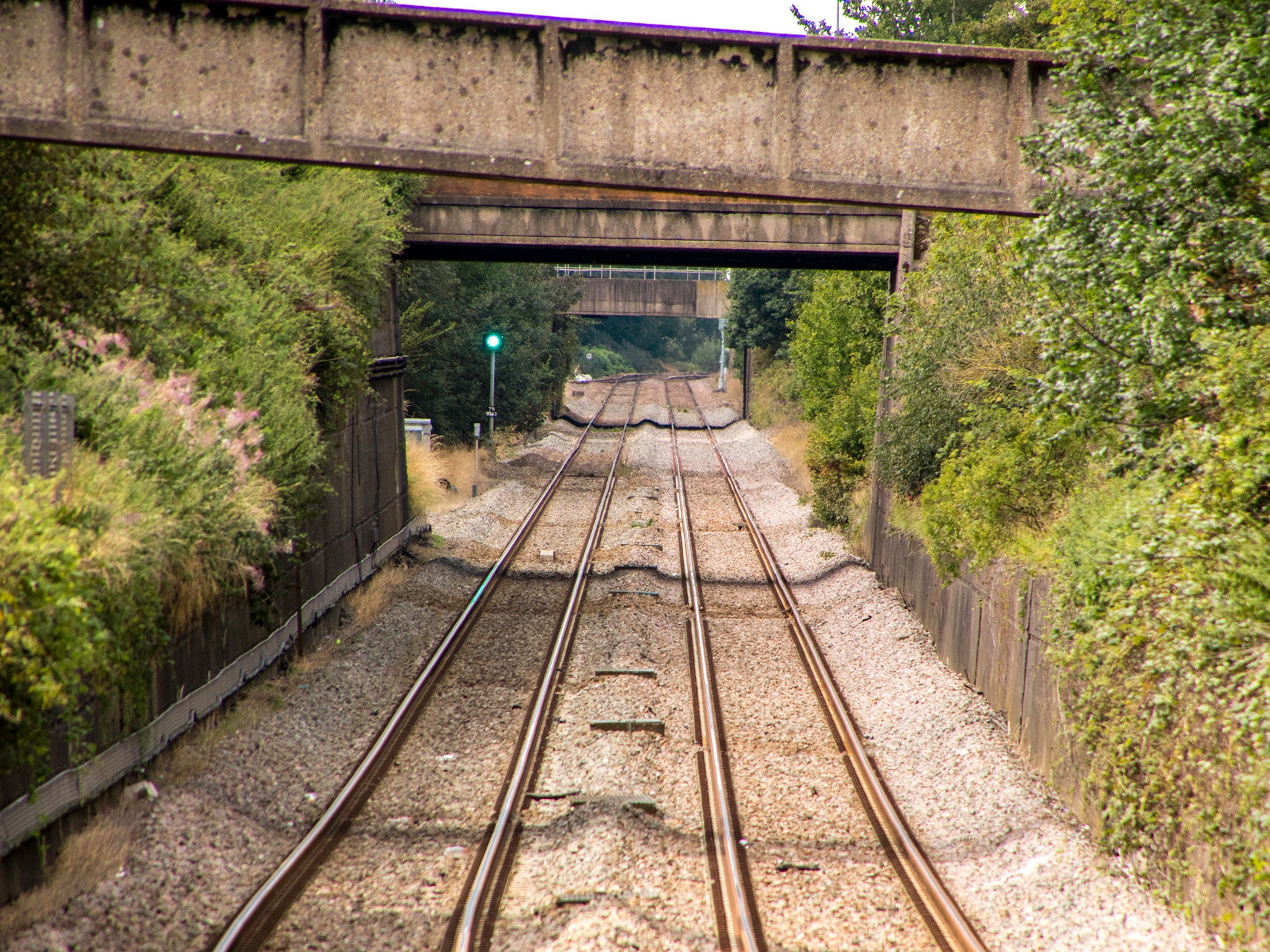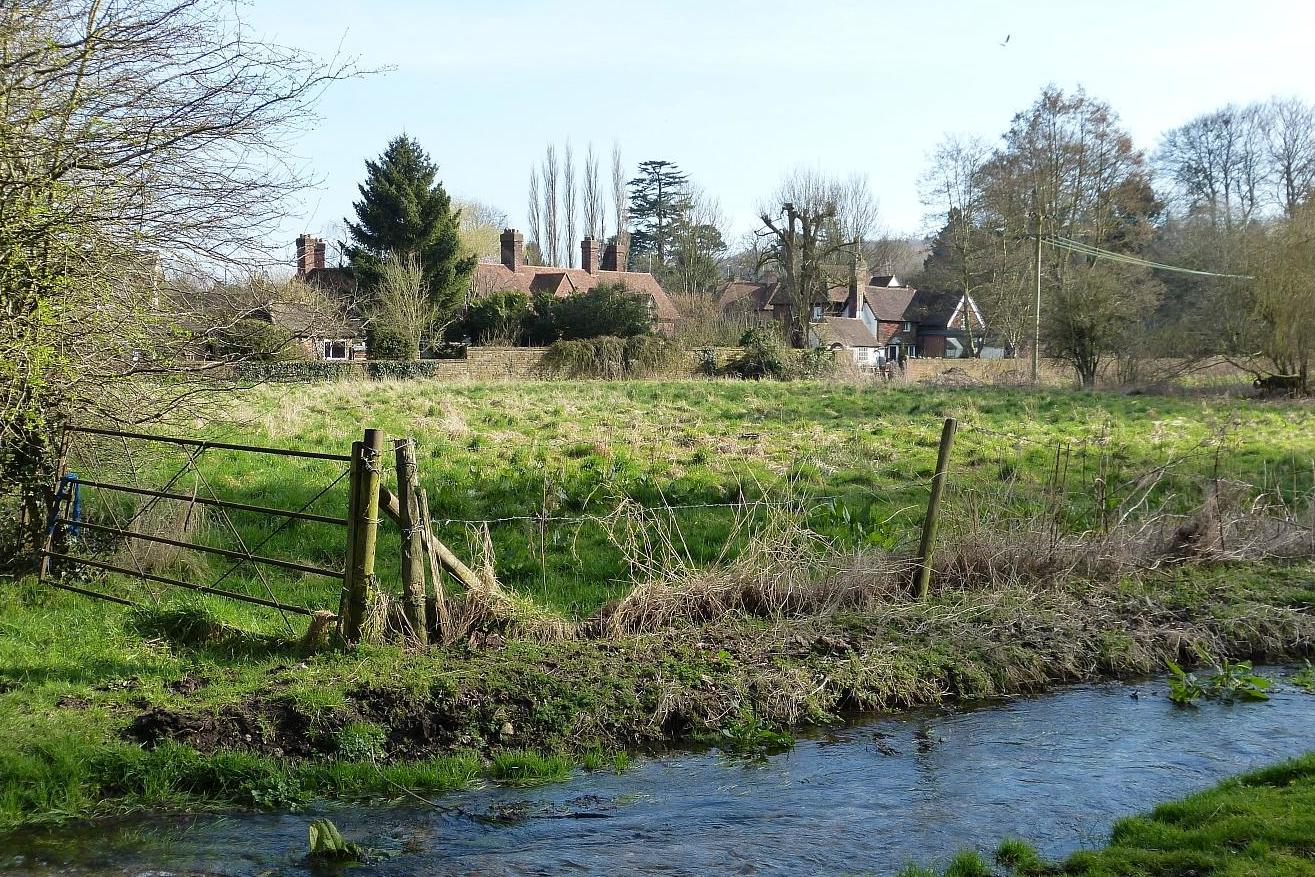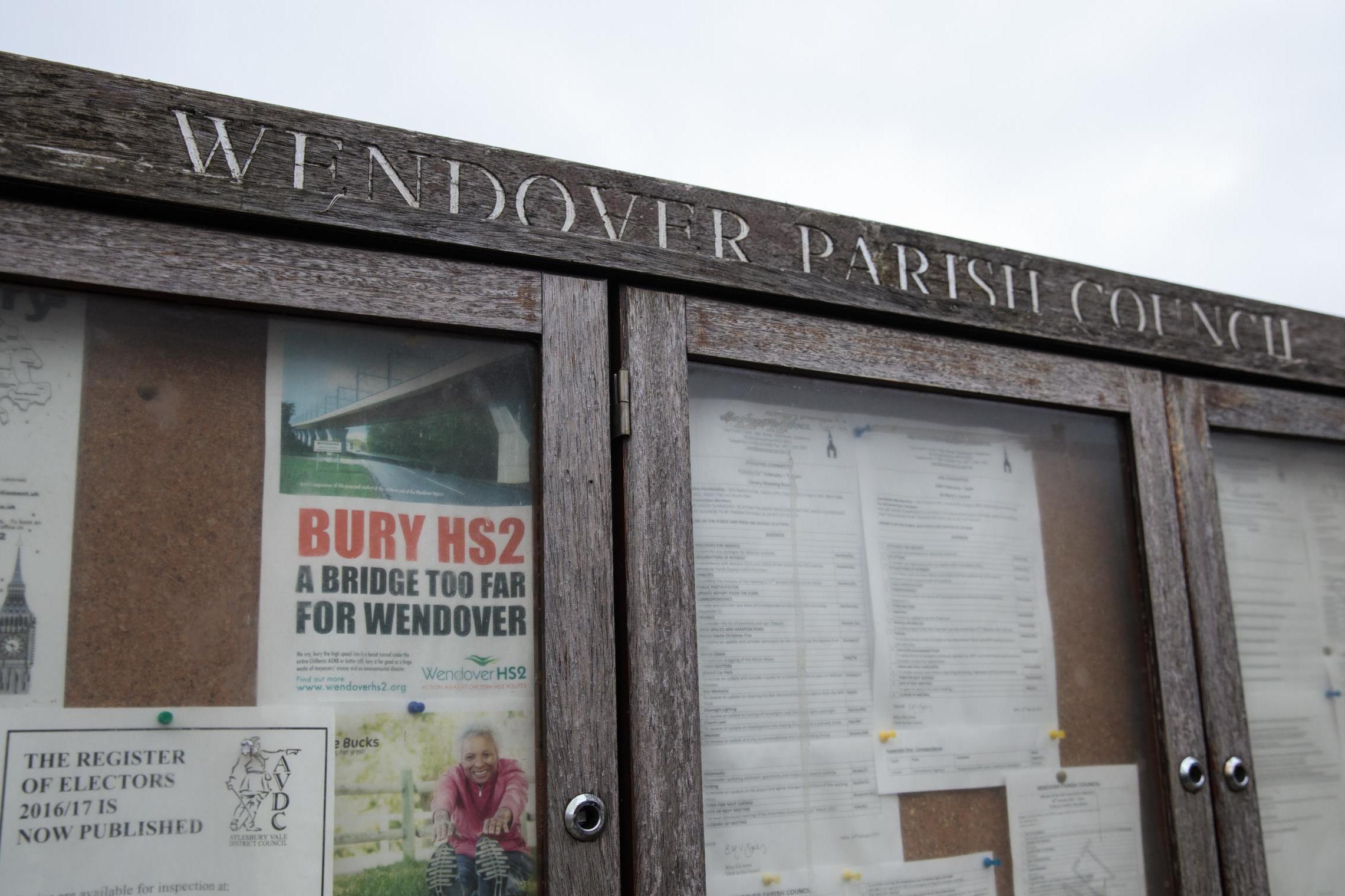HS2 may not be loved but it is badly needed
In the latest in his reflections about place and pathway, Will Gore considers the impact of our new era of railway building


We started at Chesham, the Buckinghamshire town that lies at the western end of the Metropolitan line. It’s the kind of small place, surrounded by hills and woodland, that you imagine will be pretty. But for the most part there is something rather desultory about it, as if it hasn’t quite worked out what to do with itself since postwar planners and developers got their mitts on it. But it functions, and there is green space.
There are some charming old streets, mostly on the southwestern fringe. If that was all you saw of Chesham, you’d think it was a stunner. It was along those streets we wandered, allowing ourselves to imagine that was all there was of the town.
We swung onto a footpath just to the north of St Mary’s church, heading nearly due west into a valley known as Herbert’s Hole, which is lovelier than it sounds. A pair of red kites flew very low overheard, scanning the ground for dead meat.
For some while we followed the Chiltern Link, a pathway connecting Chesham and Wendover, passing a handful of hamlets and villages along the way. We skirted any number of small patches of woodland but for the most part walked an open, if undulating, landscape – mostly agricultural but of small scale.
Just to the east of Wendover Dean we bore to the left, joining the Chiltern Way (there are so many established pathways in these hills it’s almost impossible to get lost), tracking down into the next valley before crossing the A413 almost at its midway point between Wendover and Great Missenden. A few hundred yards further on we arrived at a narrow bridge that traverses the London-Aylesbury railway line.

As commuter routes go, it’s a tiddler – little diesel trains sharing the line with Metropolitan services as far as Amersham, then shuffling on alone to the towns beyond. We paused on the bridge and were treated to the sight of a Class 165 locomotive trundling beneath us. What a pleasant thing it is, we thought, to cross a little railway as an engine pootles through the countryside, taking people home or to work or for a fun day out.
Of course, the line operated now by Chiltern Railways once extended far beyond Aylesbury. Metropolitan line trains ran out as far as Brill, for a time, some two hours distant from the capital, but those services ceased in the mid-1930s. And the main line north of Aylesbury, which pottered to Nottingham and onwards, was a victim of the Beeching cuts in the 1960s. What a railway system Britain once had.
Half a century and more on, we are in a new era of railway construction. Some of the closures ordered by Dr Beeching are being reviewed, while sensible voices talk of upgrading the woeful infrastructure that besets much of the network beyond Birmingham.

And then there is HS2, which will streak through that Chiltern landscape I walked to the south of Chesham, crossing a newly-built viaduct at Wendover Dean and thundering to the west of Alyesbury. It will not stop along the way, instead reaching 225mph as it races towards the Midlands. The Class 165s, which will continue to ply their trade on a parallel track, will seem like toys by comparison.
There is little love for HS2 among the people who live along its route. It will destroy habitats and in places it will uglify lovely landscapes. When I next walk the Chiltern Way, I might feel sorrow over the changes the new railway will bring.
And yet, in the end, I believe that the decision to proceed with HS2 is right. Our railway system is creaking, working (or not working) at capacity and beyond. The benefits of HS2 will, or at least should, be felt across the network. In conjunction with other rail-building projects, HS2 ought also to reduce the need for more roads and increased intercity air travel.
Will it make Britain’s green and pleasant land prettier? Not in itself. But the country needs to function if it is to grow greener and prettier.
Join our commenting forum
Join thought-provoking conversations, follow other Independent readers and see their replies
Comments